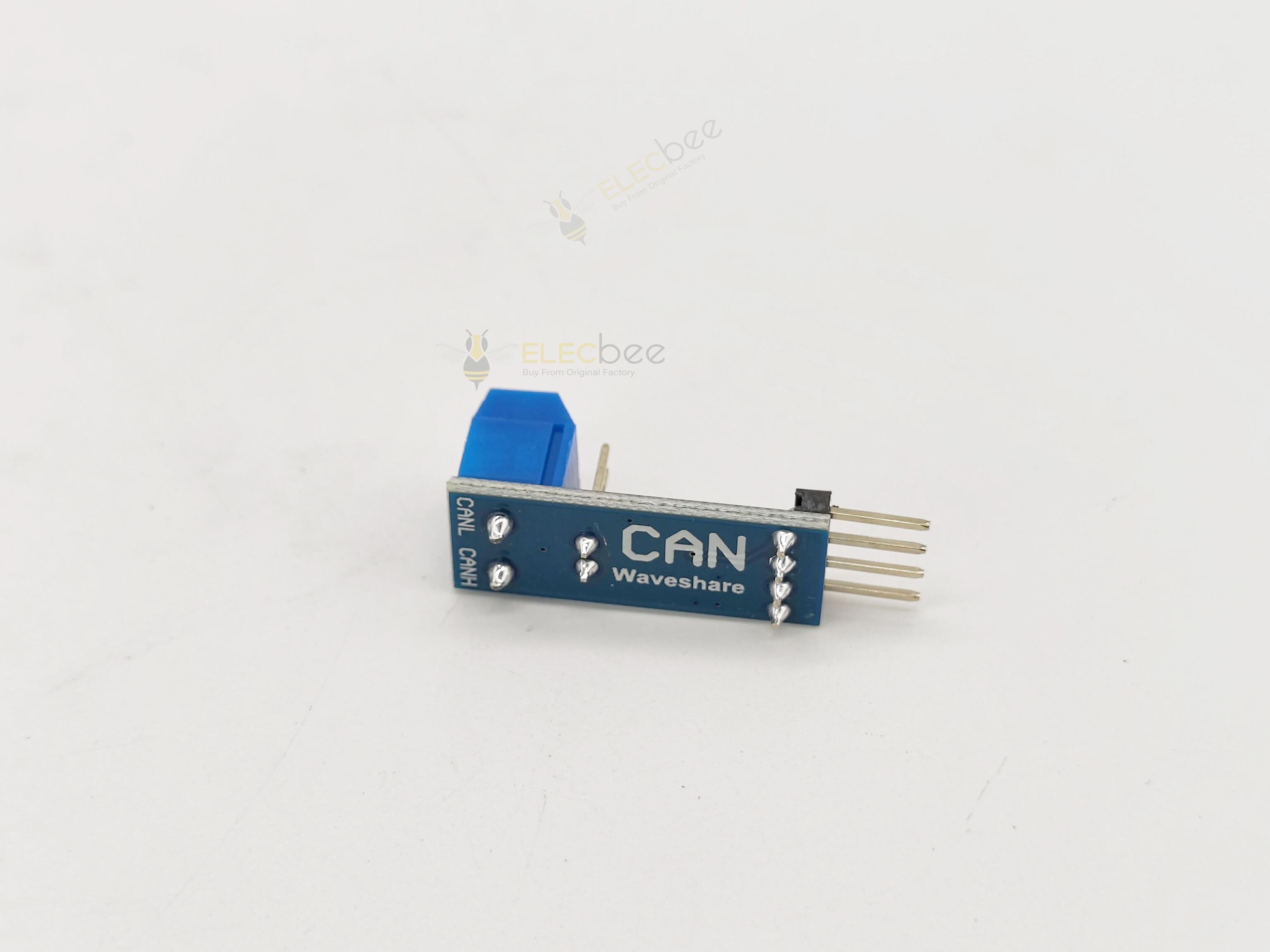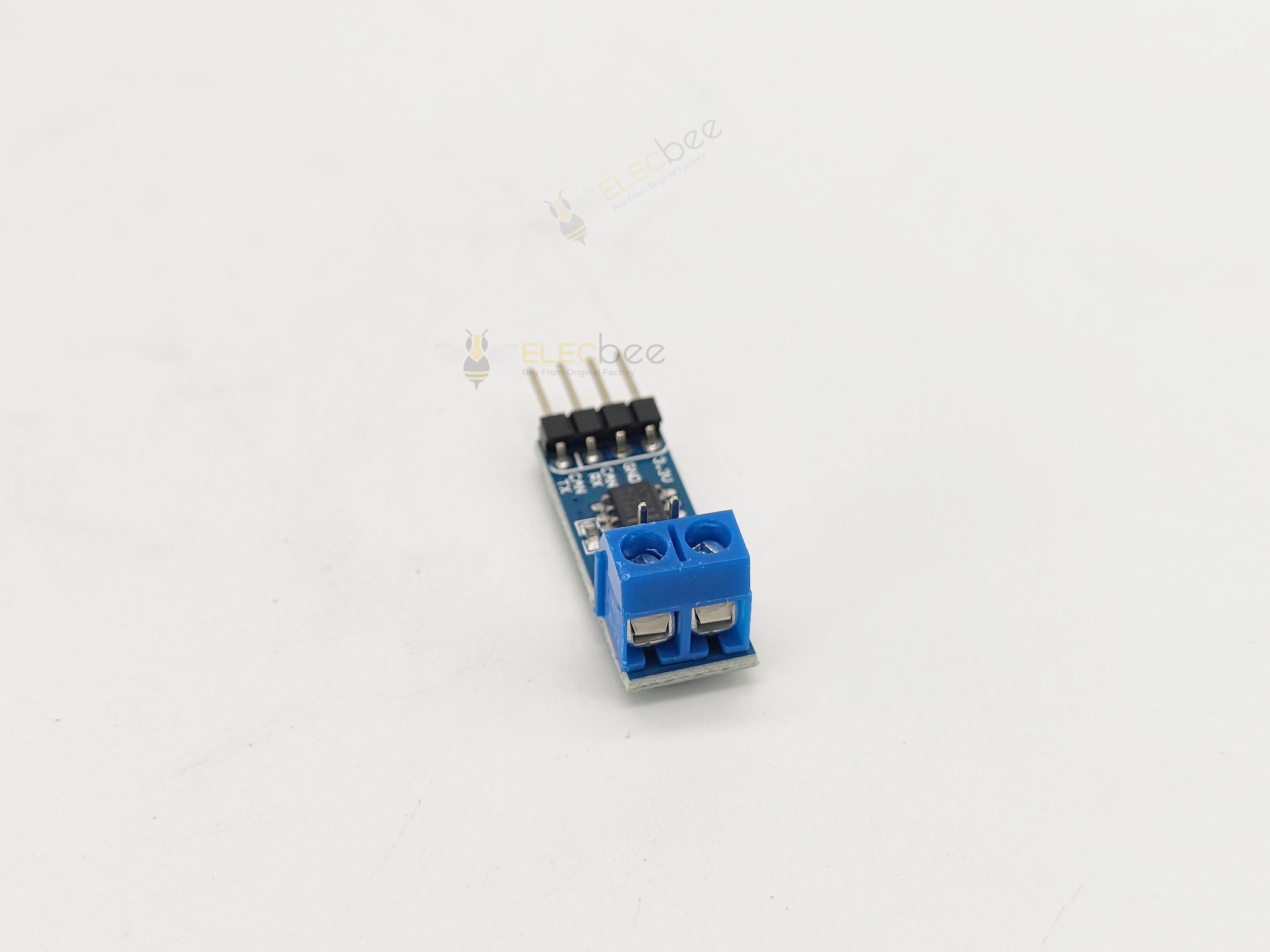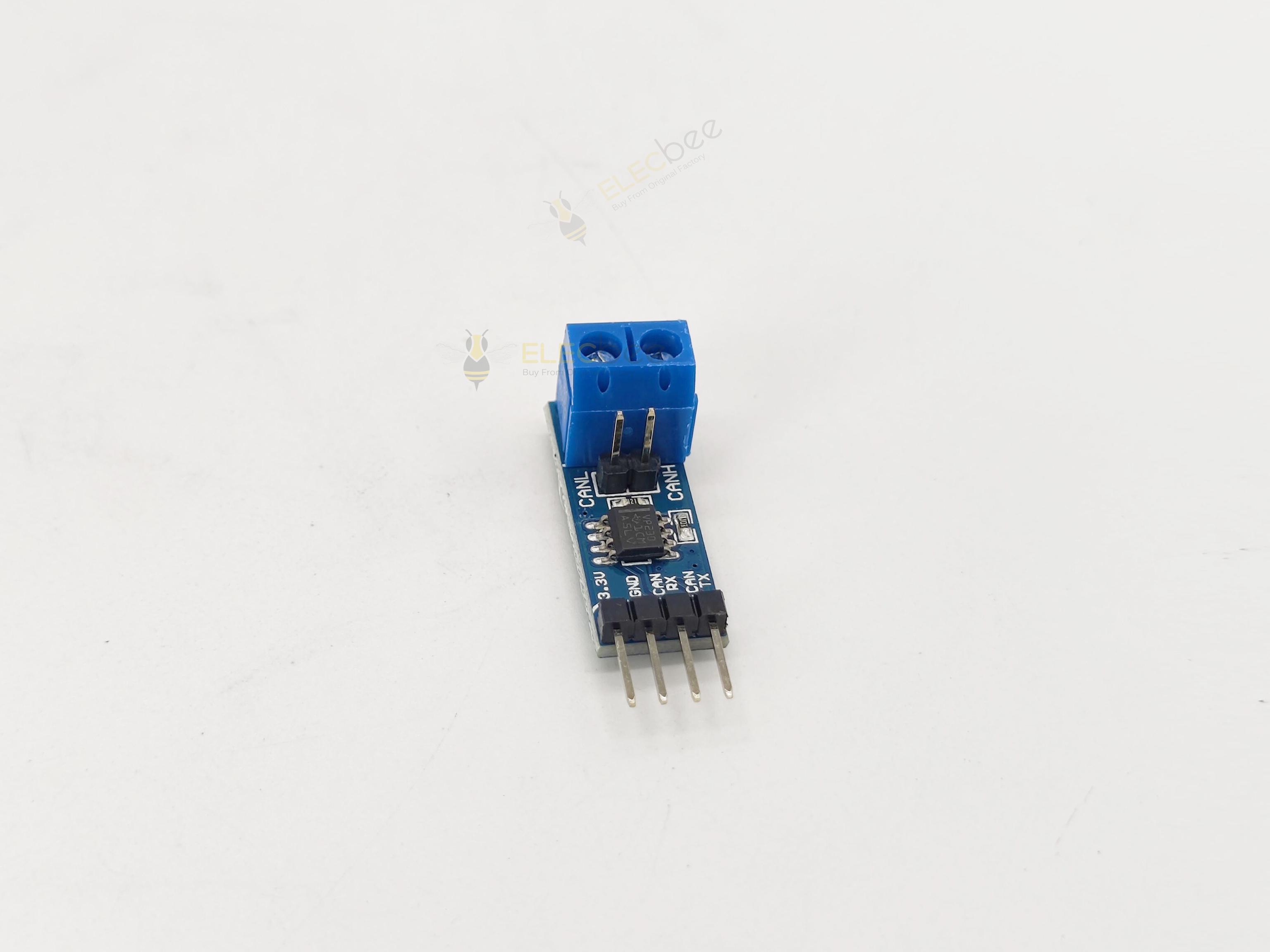1. What is CAN bus?
CAN is the abbreviation of Controller Area Network (CAN). It was developed by German BOSCH company, which is famous for R&D and production of automotive electronic products, and finally became an international standard (ISO11898). It is one of the most widely used field buses in the world. one.
picture
In North America and Western Europe, the CAN bus protocol has become the standard bus for automotive computer control systems and embedded industrial control LANs, and has a J1939 protocol designed for large trucks and heavy machinery vehicles with CAN as the underlying protocol.

2. the characteristics of the CAN bus
1. Working in multi-host mode: any node on the network can send data to other nodes at any time, and the communication method is flexible;
2. Each node on the network has a different priority, which can meet the real-time requirements;
3. Using non-destructive arbitration bus structure, when two nodes transmit information to the network at the same time, the one with higher priority will be transmitted first;
4. There are three transmission modes: point-to-point, point-to-multipoint, and point-to-global broadcast;
5. The communication distance can reach 6km, the communication rate can reach 1MB/s, and the number of nodes can reach 110;
6. The short frame structure is adopted, and each frame has 8 effective bytes;
7. With a reliable error detection mechanism, the data error rate is extremely low;
8. When the sent information is damaged, it can be automatically resent;
9. When a node is in a serious error, it will automatically cut off the connection with the bus, so as not to affect other operations on the bus.
3. Principle of CAN bus
The CAN bus sends data from one node to another node in the form of broadcasting. When a node sends data, the CPU of the node sends the data and identifier to be sent to the CAN chip of the node, and makes it enter the ready state.
Once the CAN chip receives the bus allocation, it becomes in the state of sending a message, and the CAN chip forms the data to be sent in a prescribed message format and sends it out.
At this time, other nodes in the network are in the receiving state, and all nodes must first receive it, and judge whether the message is sent to itself through detection.
Because the CAN bus is a content-oriented addressing scheme, it is easy to build a control system and configure it flexibly, so that it can add new nodes to the CAN bus without modifying the hardware and software.
4. Application of CAN bus
The advantages of CAN bus in networking and communication functions and its high cost performance determine that it has broad application prospects and development potential in many fields.
These applications have something in common: CAN actually acts as a computer local area network with a bus topology in the field. Regardless of the occasion, it is responsible for real-time communication between any node, but it has the advantages of simple structure, high speed, anti-interference, reliability, and low price.
The CAN bus was originally designed for the electronic control system of automobiles. At present, the application of CAN in automobiles produced in Europe is very common. Not only that, this technology has been extended to vehicles such as trains and ships.

5. Is the CAN bus a digital signal or an analog signal?
The CAN bus is a digital signal. Compared with the general communication bus, the data communication of the CAN bus has outstanding reliability, real-time and flexibility. Because of its good performance and unique design, CAN bus has been paid more and more attention by people.
6. The difference between analog signal and digital signal
An analog signal means that the value of the amplitude is continuous (the amplitude can be represented by an infinite number of values). Time-continuous analog signals include continuously changing image (television, fax) signals, etc. A time-discrete analog signal is a sampling signal, which is a signal obtained by sampling the analog signal every time T. Although its waveform is discontinuous in time, its amplitude value is continuous, so it is still is an analog signal.
A digital signal means that the value of the amplitude is discrete, and the amplitude representation is limited to a limited number of values. Binary code is a digital signal. Binary codes are less affected by noise and are easy to be processed by digital circuits, so they are widely used.
The advantages of analog communication are intuitive and easy to implement, but there are two main disadvantages: (1) poor confidentiality, analog communication, especially microwave communication and wired open wire communication, is easy to be eavesdropped. As long as the analog signal is received, it is easy to obtain the communication content. (2) The anti-interference ability is weak. During the transmission along the line, the electrical signal will be interfered by various noises from the outside and the communication system. After the noise and the signal are mixed, it is difficult to separate, thus degrading the communication quality. The longer the line, the more noise will accumulate.
Digital communication has the following advantages: (1) Strengthen the confidentiality of communication. After the voice signal is converted by A/D, it can be encrypted first, and then transmitted. After being decrypted at the receiving end, it can be restored to an analog signal by D/A conversion. (2) The anti-jamming ability is improved, especially when relaying, the digital signal can be regenerated to eliminate the accumulation of noise. (3) Transmission errors can be controlled, thus improving transmission quality. (4) It is convenient to use modern digital signal processing technology to process digital information. (5) An integrated digital communication network can be constructed, and various messages can be transmitted comprehensively, so that the function of the communication system can be enhanced. However, digital communication also has disadvantages, such as: occupying a wide frequency band, complex technical requirements, and quantization errors during analog/digital conversion.
The messages transmitted by digital communication systems are generally discrete, but they may also be continuous. If it is necessary to read analog messages in digital communication systems, an analog-to-digital conversion device should be included in the information source of the sending section. The receiver at the end includes a digital-to-analog conversion device. Considering the fact that there are a large number of analog communication systems today, it is still often required to transmit digital signals. This requires some modification or installation of digital terminal equipment.

Elecbee is a company specializing in the research and development, production and sales of electronic connectors, adapters and antennas. Whether it is technology, research and development, production or business, it is in the leading position in the industry. If you want to know more about our products or need related help and support, you can directly communicate with our technical staff in real time on the website or send an email to service@elecbee.com. All Elecbee staff look forward to cooperating with you.

